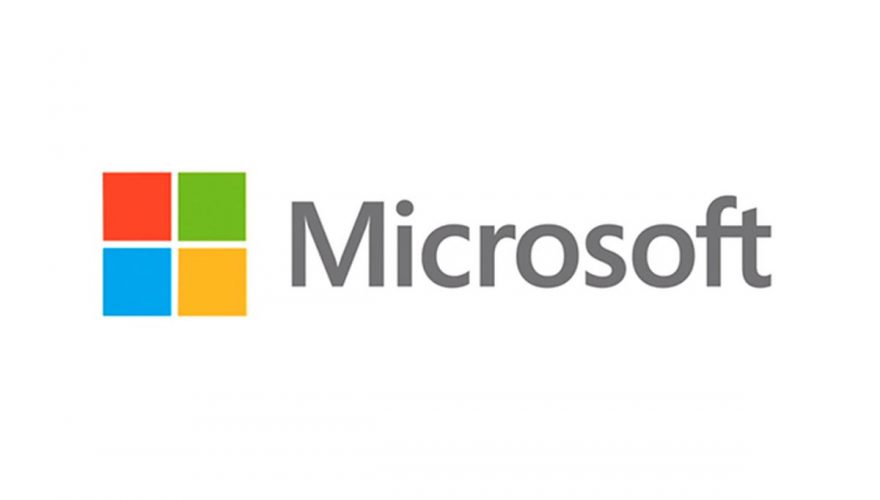Querying MS SQL Server
Course Description
Module 1: Introduction to Microsoft SQL Server 2014
This module introduces the SQL Server platform and major tools. It discusses editions, versions,
tools used to query, documentation sources, and the logical structure of databases.
Lessons
The Basic Architecture of SQL Server
SQL Server Editions and Versions
Getting Started with SQL Server Management Studio
Lab: Working with SQL Server 2014 Tools
Working with SQL Server Management Studio
Creating and Organizing T-SQL scripts
Using Books Online
After completing this module, you will be able to:
Describe the architecture and editions of SQL Server 2012.
Work with SQL Server Management Studio.Module 2: Introduction to T-SQL QueryingLessons
Module 2: Introducing T-SQL
Understanding Sets
Understanding Predicate Logic
Understanding the Logical Order of Operations in SELECT statements
Lab : Introduction to Transact-SQL Querying
Executing Basic SELECT Statements
Executing queries which filter data using predicates
Executing queries which sort data using ORDER BY
After completing this module, you will be able to:
Describe the elements of T-SQL and their role in writing queries
Describe the use of sets in SQL Server
Describe the use of predicate logic in SQL Server
Describe the logical order of operations in SELECT statements
Module 3: Writing SELECT Queries
This module introduces the fundamentals of the SELECT statement, focusing on queries against a
single table.
Writing Simple SELECT Statements
Eliminating Duplicates with DISTINCT
Using Column and Table Aliases
Writing Simple CASE Expressions
Lab: Writing Basic SELECT Statements
Write simple SELECT Statements
Eliminate Duplicates Using Distinct
Use Table and Column Aliases
Use a Simple CASE Expression
After completing this module, you will be able to:
Write simple SELECT statements.
Eliminate duplicates using the DISTINCT clause.
Use column and table aliases.
Module 4: Querying Multiple Tables
Understanding Joins
Querying with Inner Joins
Querying with Outer Joins
Querying with Cross Joins and Self Joins
Lab : Querying Multiple Tables
Writing Queries That Use Inner Joins
Writing Queries That Use Multiple-Table Inner Join
Writing Queries That Use Self Joins
Writing Queries That Use Outer Joins
Writing Queries That Use Cross Joins
After completing this module, you will be able to:
Describe how multiple tables may be queried in a SELECT statement using joins.
Write queries that use inner joins.
Write queries that use outer joins.
Module 5: Sorting and Filtering DataSorting Data
Filtering Data with a WHERE Clause
Filtering with the TOP and OFFSET-FETCH Options
Working with Unknown and Missing Values
Lab: Sorting and Filtering Data
Writing Queries That Filter Data Using a WHERE Clause
Writing Queries That Filter Data Using an ORDER BY Clause
Writing Queries That Filter Data Using the TOP Option
Writing Queries That Filter Data Using the OFFSET-FETCH Clause
After completing this module, you will be able to:
Filter data with predicates in the WHERE clause.
Sort data using ORDER BY.
Filter data in the SELECT clause with TOP.
Filter data with OFFSET and FETCH. This module explains the data types SQL Server uses to
store data. It introduces the many types of numeric and special-use data types. It also explains
conversions between data types, and the importance of type precedence.
Module 6: Working with SQL Server 2014 Data Types
Introducing SQL Server 2014 Data Type
Course Info
- Prerequisites: No
- Course Capacity: 50
- Certificate: No
About Instructor
-
CLOUD TECHNOLOGY TRAINING
CON MÁS DE 13 AÑOS DE EXPERIENCIA, UN CAPITAL HUMANO CERTIFICADO Y EXPERTOS EN NUESTRA GAMA DE SERVICIOS, SOMOS LA OPCIÓN QUE BUSCABAS PARA POTENCIALIZAR TU EMPRESA.


